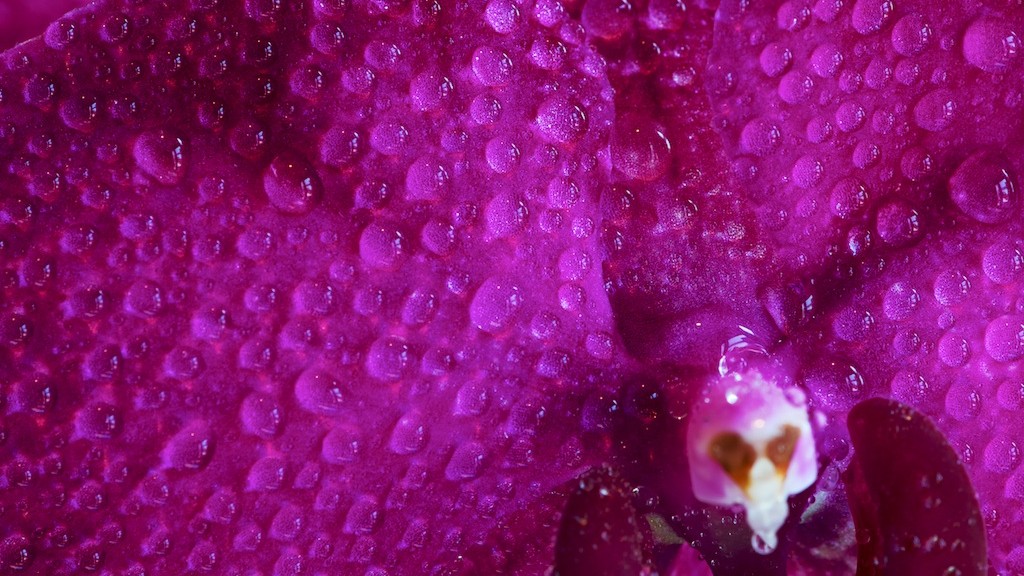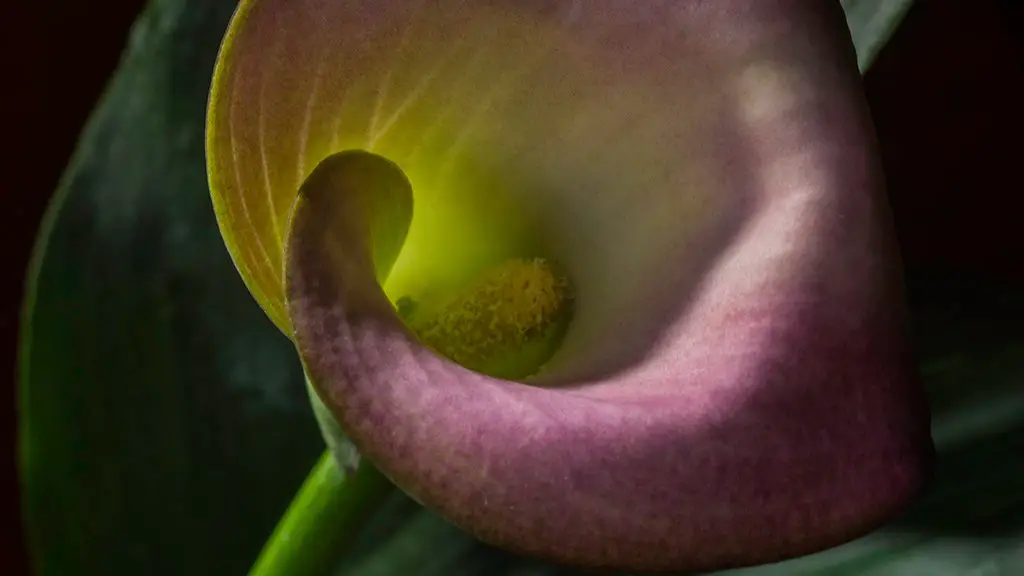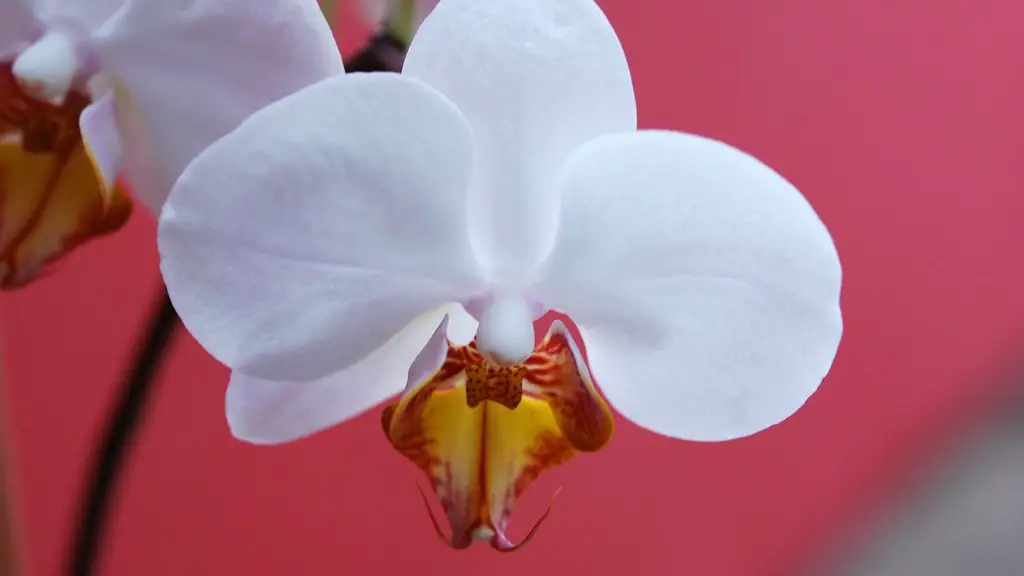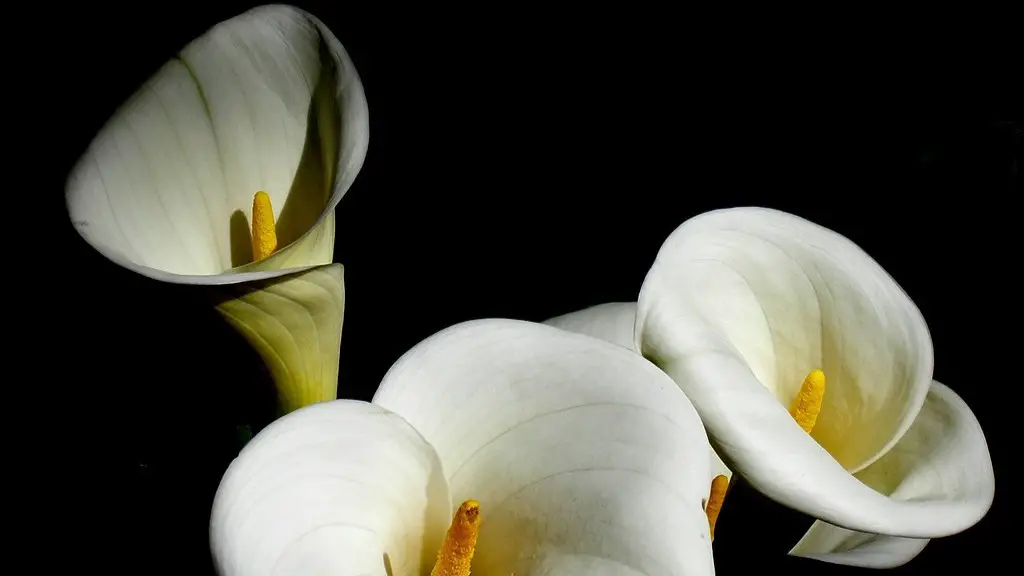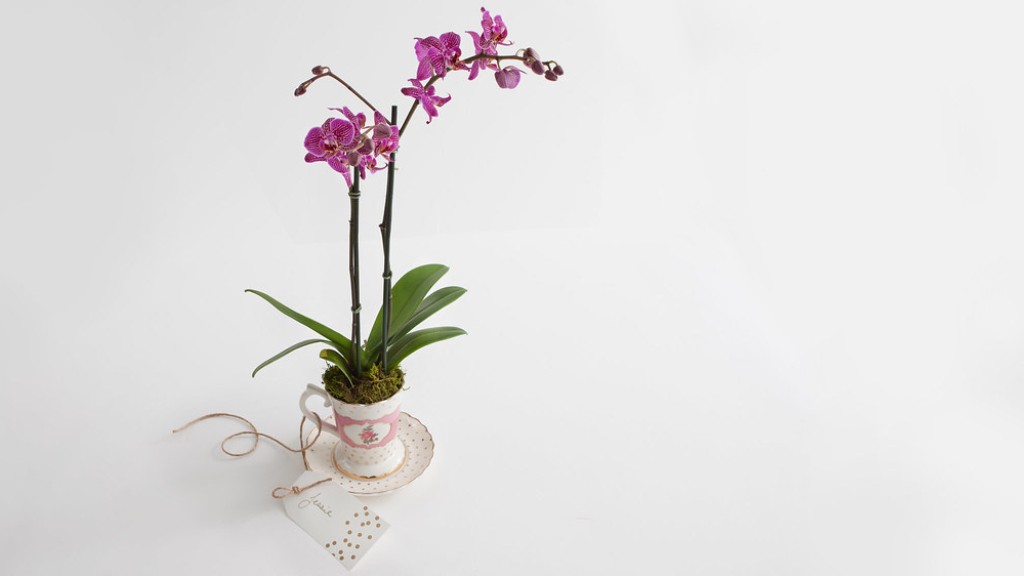One of the most popular questions we get here at the nursery is “when does phalaenopsis orchid bloom?” Phalaenopsis orchids are known for their long-lasting flowers, and can bloom anywhere from two to three times a year. Here in the Pacific Northwest, we typically see blooms starting in late winter and continuing into early spring.
The blooming period for a Phalaenopsis orchid is typically between January and April.
How do I get my Phalaenopsis orchid to bloom?
If you want your orchid to rebloom, make sure it gets plenty of light. Place it in an area with bright, indirect sunlight. The more light your orchid gets, the longer its blooms will last and the greater its chances of reblooming.
A phalaenopsis orchid usually blooms for several months, and the plant can be pollinated again during this period. It can take anywhere from 9 to 14 months for an orchid to complete a life cycle. If it does not die, it can typically re-bloom once every 8 to 12 months.
What triggers flowering in Phalaenopsis
Most phalaenopsis species are native to areas close to the Equator and do not need a specific photoperiod to induce flowering. Instead, it is the low temperature that triggers phalaenopsis to start the flowering process.
While there are many factors that can trigger blooming in orchids, a drop in night temperature, increase or decrease in day length and even sharp restriction in water availability, none of these will be successful unless your orchids have been grown with adequate light. Adequate light is essential for orchid blooming because it helps the plant produce the energy it needs to flower. If you want your orchids to bloom, make sure they are getting enough light.
Why hasn’t my orchid bloomed in 3 years?
Orchids require a lot of light in order to produce flowers. Insufficient light is the most common cause of failure to re-bloom your orchid. Leaf color indicates if the amount of light is adequate.
If your orchid is not blooming, it may be because it is not getting enough light. The Phalaenopsis and Paphiopedilum orchids are usually happy with the filtered light in a windowsill but many other varieties need more light than that. If you suspect that your orchid is not getting enough light, try moving it to a brighter spot.
How often should I mist my Phalaenopsis orchid?
Orchids are one of the most popular houseplants, but they can be finicky. The key to success is not to overwater them. In most cases, it’s best to water them about once a week, letting the potting mix dry out in between waterings. But be sure to check your plant regularly, as it may need more or less water depending on the temperature and humidity in your home. Also, be sure to mist the foliage every two to three days to keep the leaves from drying out.
Phalaenopsis orchids are beautiful and exotic houseplants that can brighten up any room. Although they are popular houseplants, they can be a bit finicky and require special care. With a little attention, however, your Phalaenopsis orchid can thrive and bloom for many years. Here are some tips on how to care for your Phalaenopsis orchid:
Light: Phalaenopsis orchids prefer bright, indirect light. If you live in a warm climate, you can place your orchid outdoors in a shady spot. If you live in a cooler climate, place your orchid near a sunny window.
Water: Water your orchid regularly, keeping the soil moist but not soggy. Allow the top inch of soil to dry out between watering.
Fertilizer: Use a fertilizer designed for orchids, and follow the directions on the package.
Temperature and Humidity: Phalaenopsis orchids prefer warm temperatures and high humidity. If your home is on the dry side, you can increase the humidity by placing your orchid on a pebble tray or misting it with water.
With a little care, your Phala
How often should I water my Phalaenopsis orchid
If your plant is potted in bark, watering once a week is generally sufficient. If your plant is potted in moss, water when the top feels dry. The amount of light and heat your plant receives will also affect how soon your plant needs watering. Summer months will need more frequent watering, winter will need less.
Make sure to mist your Orchids regularly, especially if you live in a dry climate, to recreate their humid home conditions!
What temperature do Phalaenopsis orchids start blooming?
Phalaenopsis orchids are induced to flower when exposed to temperatures lower than 79 degrees Fahrenheit (26 degrees Celsius), particularly during the day. Traditionally, growers use a 77 degrees Fahrenheit/68 degrees Fahrenheit (25 degrees Celsius/20 degrees Celsius) day/night temperature regimen for spike initiation.
The microclimate of higher humidity helps prevent heat stress and aids stressed plants in recovering. This is because the higher humidity helps to cool the plants and prevent them from drying out. The higher humidity also helps to keep the leaves from wilting and the flowers from drooping.
Do orchids rebloom on old stems
If you want your Phalaenopsis orchid to re-bloom, there are a few things you can do to encourage it. Cut back the old spike after the flowers have faded, and make sure the plant is getting enough light (but not too much direct sunlight). Water and fertilize regularly, and repot the plant every year or two. With a little extra care, your Phalaenopsis orchid should re-bloom for you.
It is important to water regularly when orchids are blooming, growing new roots, or new leaves. Some orchids, such as Cattleyas and Dendrobiums, like to dry out between watering, while others, such as Phalaenopsis and Paphiopedilums, like to remain evenly moist.
Do orchid blooms like to be misted?
Make sure to mist your orchid with a spray bottle daily. Misting gives the orchid more humidity but does not create a soggy root environment. It is best to put your orchid where it will receive medium indirect sunlight.
Orchids are beautiful plants that prefer a small pot. They will eventually run out of room and their roots will push the plant up above the rim of the pot or reach out into the air. This is a sure sign that it’s time to re-pot.
When should I throw away my orchid
If you find that your orchid has bad roots, snip them off with a sterilized cutting tool and then repot it. On the other hand, if the part of the orchid that connects the leaves and the roots is mushy, it is time to toss the plant.
Phalaenopsis orchids are beautiful flowers that bloom in the late winter through the spring. In late June and July, the Phalaenopsis orchids in our collection finally lose their blooms. Some will remain in bloom for awhile longer. The ideal time to repot orchids is when they go out of bloom and Phalaenopsis is no exception.
Warp Up
Phalaenopsis orchids typically bloom once a year, in the late winter or early spring.
The phalaenopsis orchid blooms between March and June.
